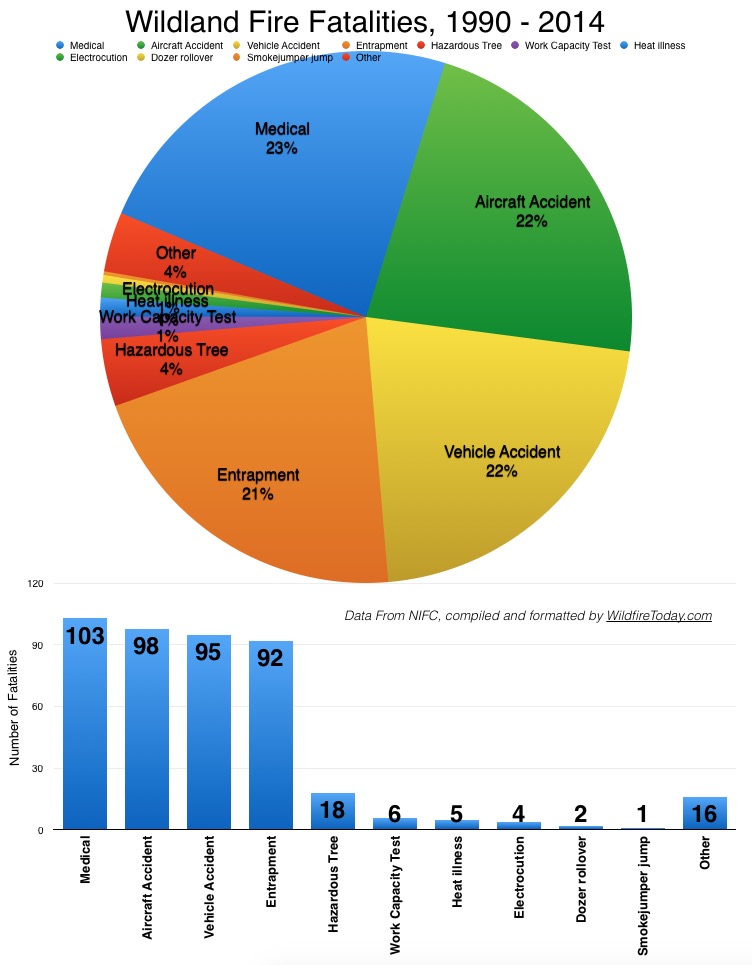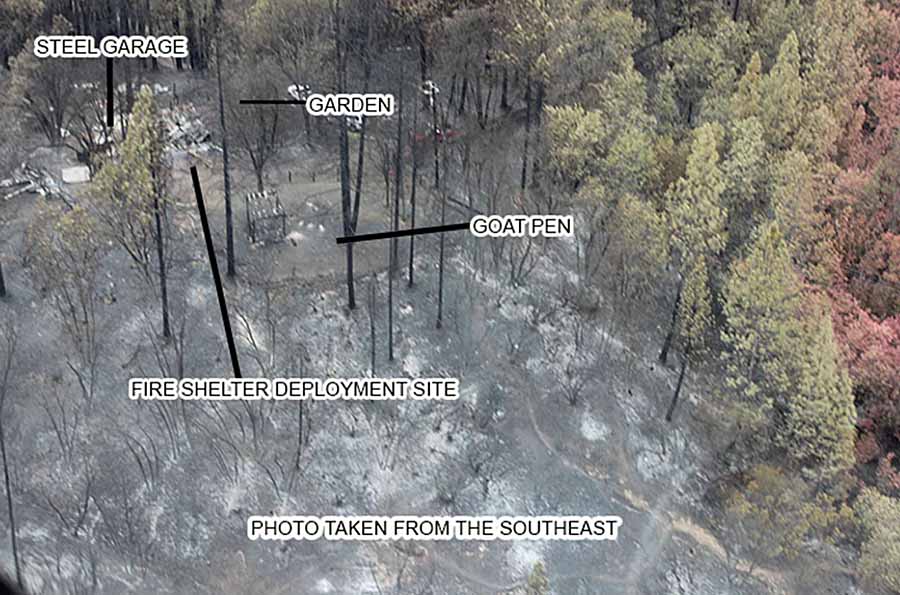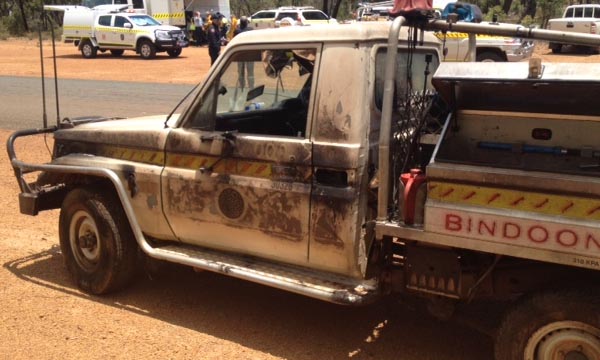 For the last several days we have been writing about fatalities on wildland fires — the annual numbers and trends going back to 1910 and some thoughts about how to reduce the number of entrapments (also known as burnovers). Often when we think about these accidents, what automatically comes to mind are the entrapments. When multiple firefighters are killed at the same time it can be etched into our memory banks to a greater extent than when one person is killed in a vehicle rollover or is hit by a falling tree. Much of the nation mourned when 19 members of the Granite Mountain Hotshots were overrun and killed by the Yarnell Hill Fire in Arizona in 2013. A fatal heart attack on a fire does not receive nearly as much attention.
For the last several days we have been writing about fatalities on wildland fires — the annual numbers and trends going back to 1910 and some thoughts about how to reduce the number of entrapments (also known as burnovers). Often when we think about these accidents, what automatically comes to mind are the entrapments. When multiple firefighters are killed at the same time it can be etched into our memory banks to a greater extent than when one person is killed in a vehicle rollover or is hit by a falling tree. Much of the nation mourned when 19 members of the Granite Mountain Hotshots were overrun and killed by the Yarnell Hill Fire in Arizona in 2013. A fatal heart attack on a fire does not receive nearly as much attention.
When we discuss ways to decrease deaths on fires, for some of us our first thoughts are how to prevent entrapments, myself included. One reason is that it can seem they are preventable. Someone made a decision to be in a certain location at a specific time, and it’s easy to think that if only a different decision had been made those people would still be alive. Of course it is not that simple. Perfect 20/20 hindsight is tempting for the Monday Morning Incident Commander. Who knows — if they had been there with access to the same information they may have made the same series of decisions.
An analysis of the data provided by NIFC for the 440 fatalities from 1990 through 2014 shows that entrapments are the fourth leading cause of fatalities. The top four categories which account for 88 percent are, in decreasing order, medical issues, aircraft accidents, vehicle accidents, and entrapments. The numbers for those four are remarkably similar, ranging from 23 to 21 percent of the total. Number five is hazardous trees at 4 percent followed by the Work Capacity Test, heat illness, and electrocution, all at around 1 percent. A bunch of miscellaneous causes adds up to 4 percent.
NIFC’s data used to separate air tanker crashes from accidents involving other types of aircraft such as lead planes and helicopters. But in recent years they began lumping them all into an “aircraft accident” category, so it is no longer possible to study them separately. This is unfortunate, since the missions are completely different and involve very dissimilar personnel, conflating firefighters who are passengers in the same category as air tankers having one- to seven-person crews — from Single Engine Air Tankers to military MAFFS air tankers.
The bottom line, at least for this quick look at the numbers, is that in addition to trying to mitigate the number of entrapments, we should be spending at least as much time and effort to reduce the numbers of wildland firefighters who die from medical issues and accidents in vehicles and aircraft.




